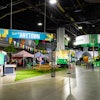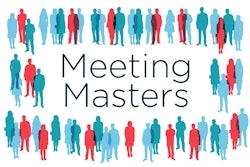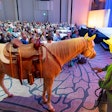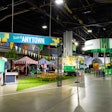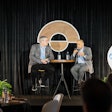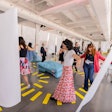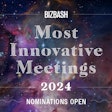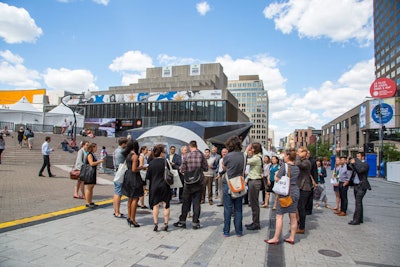
From Paris to São Paolo to Jakarta, the New Cities Summit has been held in a different city, in a different country, every year since its inception in 2012. The 2017 event took place in Incheon Songdo, South Korea, while the 2016 edition was held in Montreal.
That mobile model is part of the fabric of the invitation-only event, which is focused on innovation in urban planning. For the 2016 event, 800 people—from executives in technology, finance, and architectural firms to artists, economists, urban sociologists, and mayors of cities around the world—convened in downtown Montreal to discuss the challenges, opportunities, and best practices of cities of the future.
“It gives us incredible diversity of conversation and perspective,” said Olivia Onderdonk, deputy executive director and director of research and events for the New Cities Foundation. “To bring them somewhere unexpected, somewhere they are not familiar with, it gets people much more engaged with the conversation and shaken out of their normal professional experience.”
Site selection is based less on the characteristics of the host venue and more on the characteristics of the city. “We look for a strong initiative from the public sector, usually the mayor’s office. And we look for them to be open to 800 urban experts coming to their city and kind of picking it apart,” she said.
To maximize the experience, Onderdonk weaves the local culture into the event through site visits around the host city and by using local entertainment. “We’ve even had roaming workshops. So in Montreal, we took people into the art district to talk to citizens and engage with them on what they’d like to see in their public spaces,” she said.
Moving the summit around the world each year is also challenging, especially since the foundation, which designs and produces the event, has a staff of 10 people—and they generally select the location just 10 months prior to it taking place.
“Our biggest challenge is understanding how the local government works,” Onderdonk said. “For example, in Jakarta I had to move there for about three months to get buy-in from all the different actors that needed to support us. I needed to be in meetings every day and in City Hall. Montreal was extremely easy. We ask for something and they get it for us.”
Previous: #11 #BlogHer17
Next: #13 The Nantucket Project



